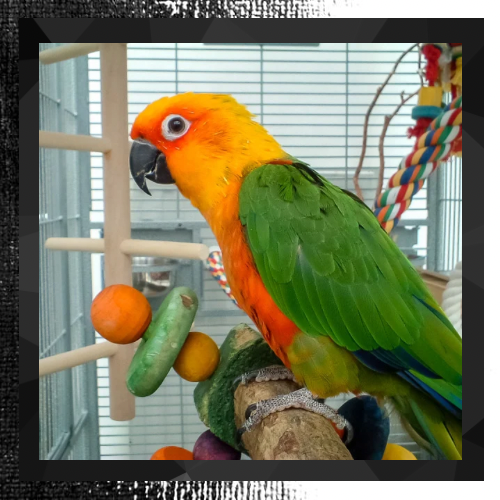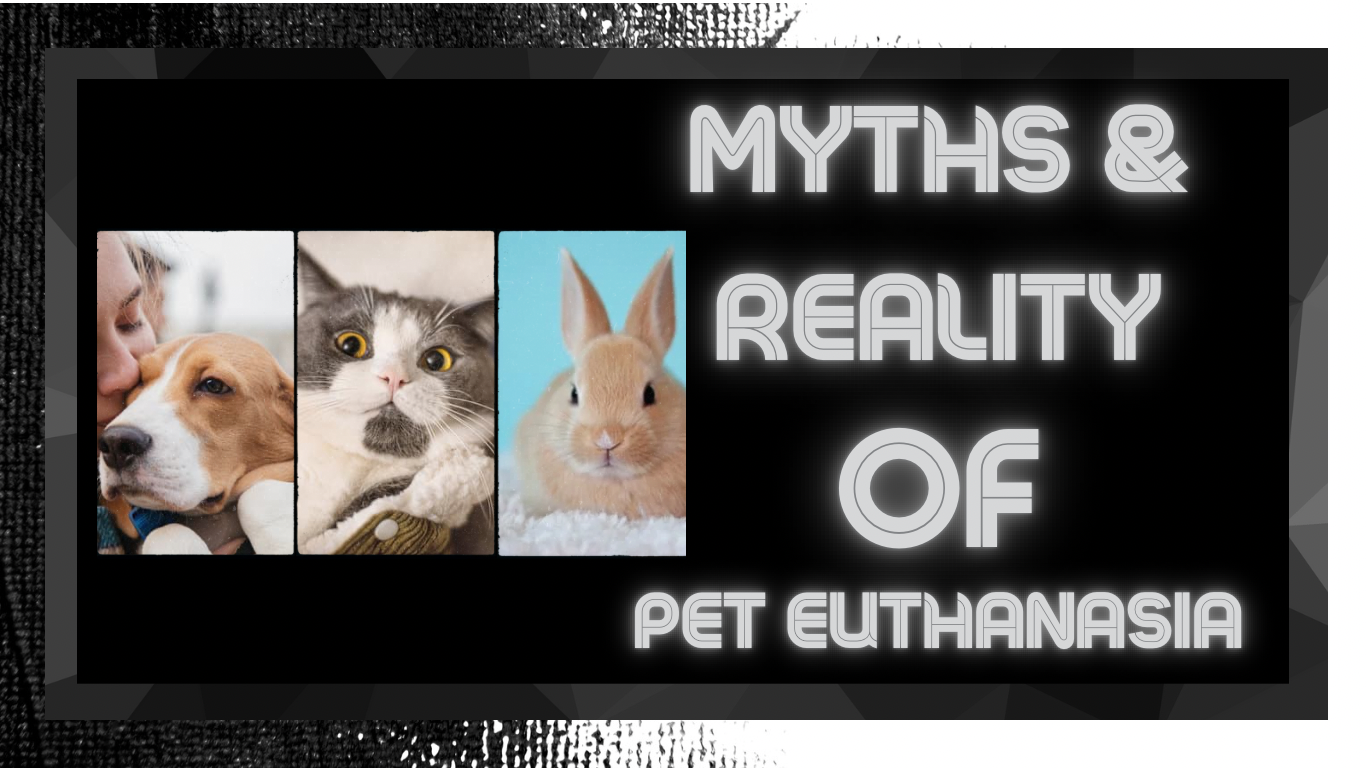Euthanasia is one of the most heart-wrenching decisions a pet owner may face. The process is often surrounded by myths, misconceptions, and emotional turmoil. While the topic is difficult to discuss, understanding the realities can help pet owners make informed, compassionate choices for their furry companions. Let’s explore some common myths and the truths behind them, sprinkled with fun facts and unique characteristics about our pets.


Myth 1: Euthanasia Is Always the Easy Way Out
Reality: Euthanasia is rarely an easy decision. Many pet owners struggle with guilt, grief, and the fear of making the wrong choice. The decision is often made out of love, to prevent further suffering when a pet’s quality of life has significantly declined. Pets, unlike humans, cannot communicate their pain levels clearly, so owners and veterinarians must rely on behavioral cues and medical assessments.
Fact: Dogs and cats have evolved to hide pain as a survival mechanism. In the wild, showing weakness can make them targets for predators. This means your pet might be suffering more than they let on, making it harder for owners to recognize when it’s time to say goodbye.


Myth 2: Euthanasia Is Painful for Pets
Reality: When performed correctly by a trained veterinarian, euthanasia is a peaceful and painless process. The procedure typically involves administering a sedative to relax the pet, followed by an overdose of an anesthetic that gently stops the heart. Most pets drift into a deep sleep before passing away, free from pain or distress.
Unique Characteristic: Cats, known for their stoic nature, often mask discomfort even in their final moments. Dogs, on the other hand, may seek comfort from their owners, making the process emotionally challenging for everyone involved.


Myth 3: Euthanasia Is Only for Old or Terminally Ill Pets
Reality: While euthanasia is commonly associated with aging or terminally ill pets, it can also be a humane option for animals with severe behavioral issues or untreatable injuries. For example, a pet with extreme aggression that poses a danger to others, or a young animal with a catastrophic injury, may benefit from euthanasia to prevent further suffering..
Fact: Some animals, like rabbits and guinea pigs, are prey species and are exceptionally good at hiding illness. By the time symptoms are noticeable, their condition may be advanced, leaving euthanasia as the kindest option..


Myth 4: Euthanasia Is a Sign of Giving Up
Reality: Choosing euthanasia is not about giving up; it’s about prioritizing your pet’s well-being. Many pet owners go to great lengths to extend their pet’s life, but there comes a point when medical interventions may cause more harm than good. Euthanasia allows pets to pass with dignity, sparing them from prolonged pain or discomfort.
Unique Characteristic: Birds, such as parrots, can live for decades and form deep bonds with their owners. Deciding to euthanize a bird can be especially difficult due to their long lifespans and the strong emotional connection they share with their human companions.


Myth 5: Euthanasia Is Always the Best Option
Reality: Euthanasia is not always the only or best option. In some cases, palliative care, pain management, or alternative treatments can improve a pet’s quality of life. It’s essential to consult with a trusted veterinarian to explore all available options before making a decision.
Fact: Some pets, like turtles and tortoises, have incredibly long lifespans and can outlive their owners. In such cases, euthanasia is rarely considered unless the animal is suffering from a severe, untreatable condition.


Myth 6: Euthanasia Is a Quick Fix for Convenience
Reality: Euthanasia is never a decision made lightly or for convenience. The emotional toll on pet owners is immense, and the process is often accompanied by feelings of guilt and sorrow. Responsible pet owners consider euthanasia only when it is in the best interest of their pet.
Unique Characteristic: Horses, due to their size and strength, present unique challenges when it comes to end-of-life care. Euthanasia for a horse is often performed on-site, as transporting a critically ill or injured horse can cause additional stress and harm.


Myth 7: Euthanasia Means You Didn’t Love Your Pet Enough
Reality: Choosing euthanasia can be one of the most loving decisions you make for your pet. It’s a selfless act that prioritizes their comfort and peace over your desire to keep them by your side. Grieving pet owners often need reassurance that they acted out of love and compassion.
Fact: Dogs have been known to grieve the loss of their human or animal companions, showing behaviors like loss of appetite or lethargy. Similarly, cats may become more withdrawn or vocal after losing a bonded friend.


Making the Decision: What to Consider
When faced with the possibility of euthanasia, consider the following factors:
– Quality of Life: Is your pet able to eat, drink, move, and enjoy their favorite activities?
– Pain Levels: Is your pet experiencing chronic pain that cannot be managed effectively?
– Veterinary Advice: What does your veterinarian recommend based on your pet’s condition?
– Emotional Readiness: Are you prepared to say goodbye, and do you have a support system in place?
Facts About Pets and End-of-Life Care
– The ancient Egyptians revered cats so highly that they often mummified them and held elaborate funerals.
– Some dogs have been known to stay by their owner’s side until the very end, showcasing their loyalty and love.
– Parrots have been observed mourning the loss of their owners, sometimes plucking their feathers or refusing to eat.
Euthanasia is a deeply personal and emotional decision, but understanding the myths and realities can help pet owners navigate this challenging time with clarity and compassion. Remember, your love for your pet shines through in every choice you make for their well-being.


References
1. American Veterinary Medical Association (AVMA). Guidelines for the Euthanasia of Animals. https://www.avma.org/resources-tools/avma-policies/avma-guidelines-euthanasia-animals
2. Pet Loss Support Page. Coping with the Loss of a Pet. https://www.pet-loss.net
3. National Institutes of Health (NIH). Understanding Animal Pain and Suffering. https://www.ncbi.nlm.nih.gov/books/NBK32655/
4. The Humane Society. Making the Decision for Euthanasia. https://www.americanhumane.org/public-education/euthanasia-making-the-decision/




